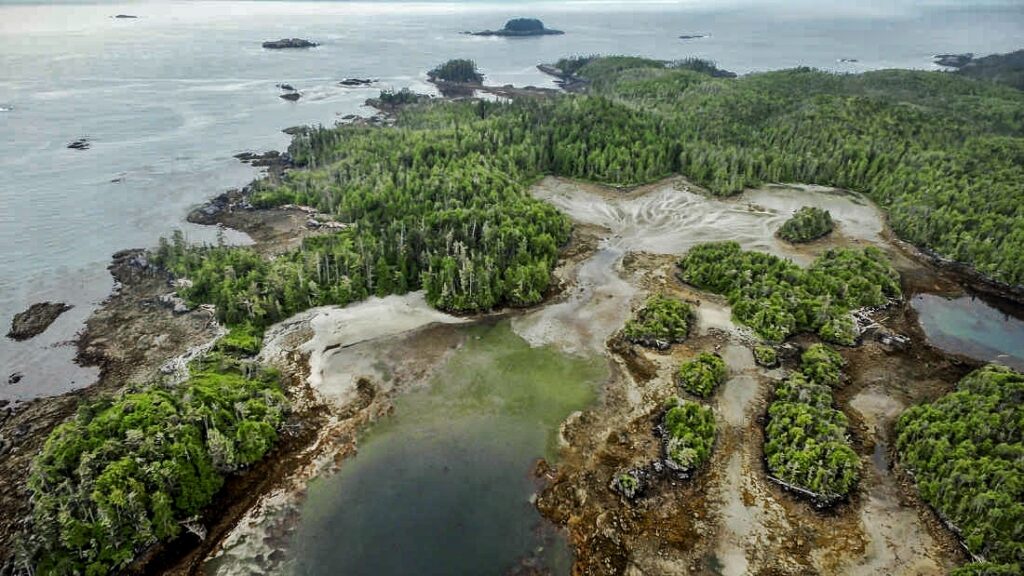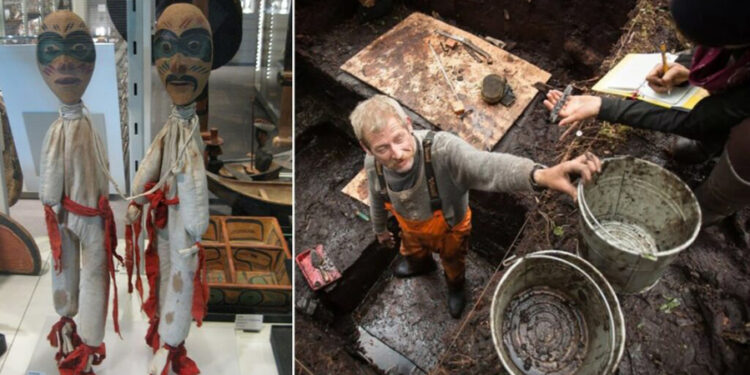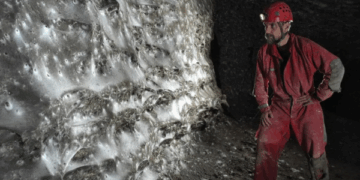Archaeologists and students from the Hakai Institute at the University of Victoria in British Columbia, as well as local First Nations, have discovered the ruins of a town that predates the Egyptian pyramids at Giza.

The settlement, now thought to be the earliest ever discovered in North America, featured tools, fish hooks, spears, and a cooking fire with chunks of charcoal that these ancient people likely burnt. The charcoal bits were significant because they were simple to carbon-date.
What brought them to this specific location? The university students had heard an ancient narrative about the Heiltsuk people, who were indigenous to the area. The story goes that there was a little patch of land that never froze, even throughout the previous Ice Age. This piqued the students’ interest, and they set out to discover the location.
A spokesman for the indigenous Heiltsuk First Nation, William Housty, says it “is just amazing” that the stories that were passed down from generation to generation turned out to lead to a scientific discovery.

The tribe has been in many clashes regarding land rights and Housty feels that they will be in a strong position in future situations with not only oral stories but also scientific and geological evidence to back them up.
The discovery may also lead researchers to change their beliefs about the migration routes of the early people in North America. It is generally believed that when humans crossed an ancient bridge of land that once connected Asia and Alaska, they migrated south on foot.
But the new findings indicate that people used boats to traverse the coastal area, and the dry-land migrations came much later. According to Gauvreau, “What this is doing is changing our idea of the way in which North America was first peopled.”

They subsisted on the sea’s riches and developed trade with neighboring islands. When the Hudson’s Bay Company and Fort McLoughlin were founded by Europeans, the Heiltsuk people refused to be forced out and continued to trade with them. The tribe now holds the territory claimed by the Hudson’s Bay Company when its settlers arrived.























